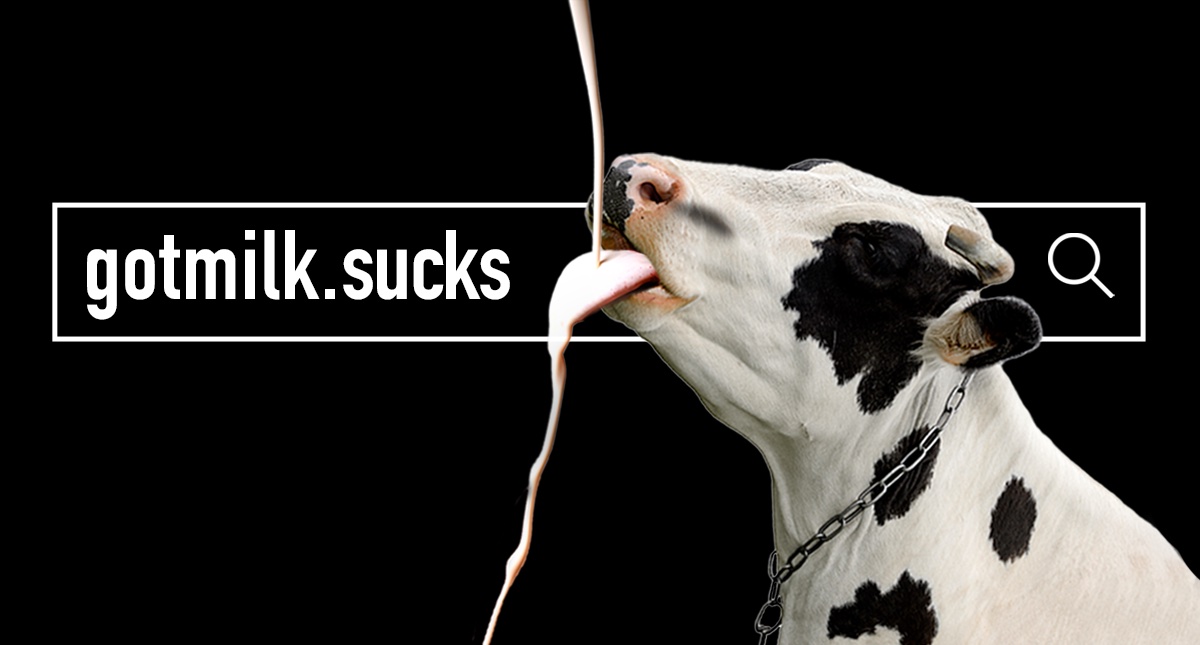You’ve seen domain names. You’ve searched them. You’ve clicked them. But how much do you really know about them? Because they are—quite literally—everywhere online, we tend to take them for granted. But knowledge is power and we intend to arm you with the best weapons a digital marketer or IP specialist can have. Read on to find out how you can add ngTLDs, ccTLDs and sTLDs to your arsenal.
The Anatomy of a Domain Name
Let’s start with the basics. In a URL like www.get.sucks, the “www,” “get” and “sucks” are known as labels; each label is separated by a period, signifying the different parts of a domain. In our example, “www” is the subdomain, “get” is the second level domain and “sucks” is the top level domain (TLD).TLDs come in various forms (with various functions), and different types of TLDs mean different things. .SUCKS, for example, is actually considered to be an ngTLD (or new generic top level domain). So what does this all mean? We’re glad you asked.
The Basics: gTLDs

Generic TLDs (gTLDs) are the most recognizable—and, we’d argue, the most boring—domains on the web. These include your standard .com, .org, .net and so on and so forth. Yawn.Okay…maybe they aren’t that bad. Truth be told, we all love to nerd out over gTLDs every once in a while. But at one point, the digital world became so consumed by them that we needed to add new domains to our repertoire to keep up with competition, promote diversity and creativity, and streamline the user’s experience. That’s why the Internet Corporation for Assigned Names and Numbers (ICANN) made space for new TLDs to be pitched and sold. Thus…
The New gTLD is Born
ICANN’s plan to introduce new generic top level domains (ngTLDs) was formulated in 2005 and finally came to fruition at the beginning of 2012. Thanks to this initiative, website owners and creators can snag unique, keyword-rich domains that hone in on what their audience might want or be searching for (so long as it follows ICANN’s criteria). From .money and .love to .dog and .SUCKS, there are hundreds of ngTLDs available for purchase today, and each can be used to relay a specific message—it’s pretty clear what topatopa.beer has to offer.Though Google claims that it treats all TLDs equally, research has found that having a domain that directly relates to your key messaging can more successfully capture people’s attention. They can even earn more clicks than their .com counterparts when used creatively. Pollution.com, for example, leaves much room for interpretation. It may direct users to an educational website on the harmful effects of pollution—or perhaps it’s the name of a new art exhibit. Pollution.Sucks, however…now that’s a clear message.
Home Sweet ccTLD

And the fun doesn’t stop there. As demand for TLDs grows, so does the variety available to purchase. Consider this: You own an American clothing company that now wants to sell in Canada. But that requires a site with different currency, tax systems and even spelling (color/colour, favorite/favourite). You want your target market to feel like you’re speaking directly to them. A great place to start is with a ccTLD.A ccTLD is a country code top level domain—that means using .ca to represent a Canadian business/brand online, .cn for China, .fr for France…you get the idea. Sometimes, ccTLDs can even be used more like ngTLDS: www.last.fm uses the .fm (Federated States of Micronesia) ccTLD to indicate “FM” radio. That’s the kind of domain creativity we love to see.
Brought to You in Part by sTLDs
And let’s not forget about sponsored top level domains (sTLDs). These domains are—you guessed it—provided by a sponsor and represent specific ethnic, geographical, professional and technical groups and communities, among others. They’re intended for niche audiences and, as such, there are strict rules that dictate who may or may not register to use one. Examples include .mil (for the United States Military), .post (for postal services), .edu (for post-secondary institutions), and .xxx (for pornographic sites).
The Takeaway
With so many types of domains available, it’s become incredibly common for brands/businesses to use a non-generic TLD as a replacement for, or a complement to, their existing gTLDs. Understanding how each type of TLD can be used to enhance your brand’s messaging is just another way to fine-tune your digital marketing mix.Looking for an ngTLD that will turn heads? Try .SUCKS today.
Photo Credits: Shutterstock / Maxx-Studio, Unsplash / rawpixel, Unsplash / chuttersnap










